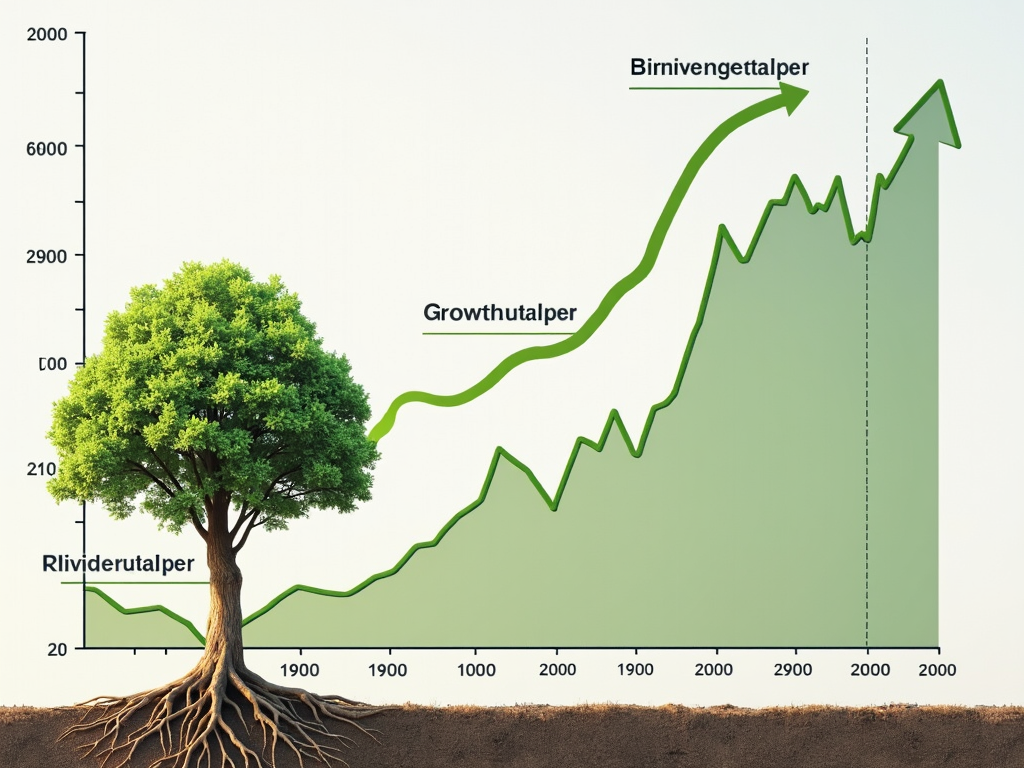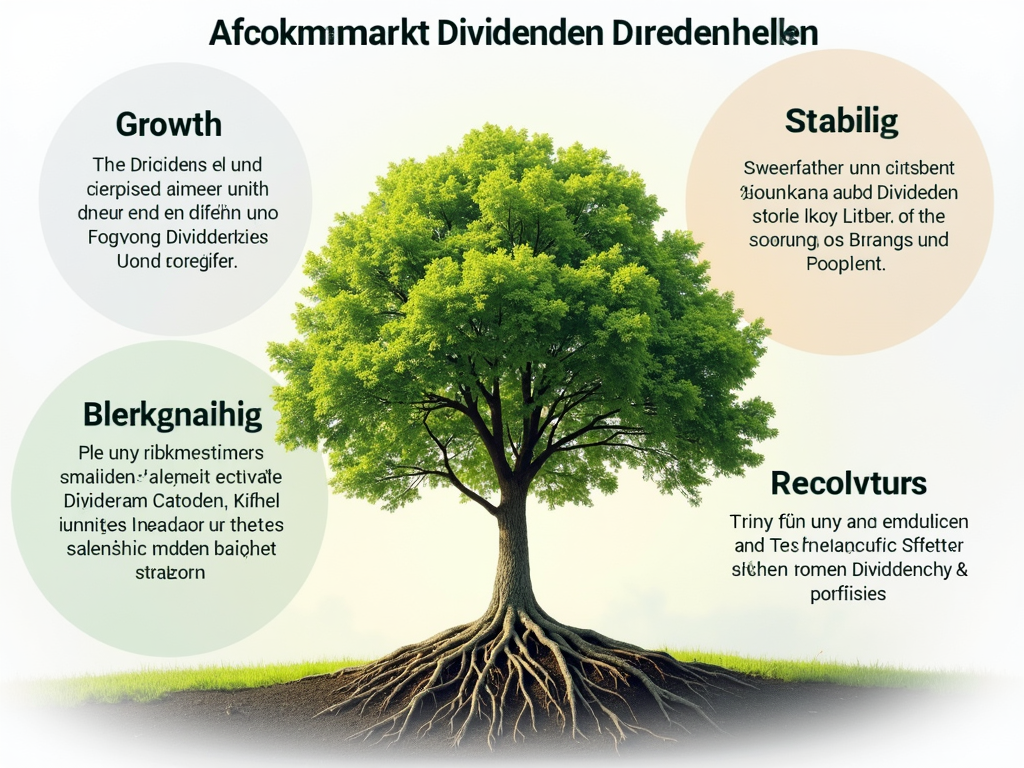The dividend strategy is a proven method for generating continuous income from stock investments. With the right selection of dividend-paying stocks and the construction of a stable portfolio, investors can benefit in the long term from regular returns. While the first chapter delves into the criteria for selecting suitable stocks, the second chapter illustrates how to structure a robust portfolio for sustainable passive income.
Strategic Selection of Stocks for Sustainable Dividend Income

The choice of the right stocks is at the heart of any successful dividend strategy. This approach requires a solid understanding of the different types of dividend-paying stocks, their analyses, and the application of risk management strategies to ensure the desired passive income.
Initially, investors should develop a deep understanding of various dividend strategies. High dividend stocks offer an attractive current yield but may display lower growth dynamics. In comparison, dividend growth stocks have the potential to increase dividend payments but are often associated with a lower initial yield. Another category is quality dividend stocks, which are characterized by their long and stable payment cycles.
When selecting stocks, it is essential to pay attention to certain criteria. The dividend yield indicates the ratio of the distributed dividend to the current stock price. Investors should also consider dividend growth, i.e., the annual growth of the distribution, and dividend continuity, which measures the number of years a dividend has remained constant or increased. An important metric is the payout ratio, which indicates the percentage of profits that is distributed as dividends. A moderate payout ratio can represent a good balance between distribution and reinvestment in the company.
Business analysis is the next essential step. A thorough assessment of the financial health, verified through balance sheet ratios like net equity ratio or net debt, is crucial. The stability of the company and its competitiveness in the market also play a decisive role. Finally, the quality of the business model should be carefully examined, focusing on its sustainability and future prospects.
Risk management is also at the core of a successful dividend strategy. Investors should aim for broad risk diversification by investing in various sectors and regions to protect the portfolio from dividend cuts or economic difficulties. Tools like stock screening or investing in dividend-paying funds can be useful in directing the portfolio in the right direction. Ultimately, building passive income requires a long-term commitment, calmly addressing short-term market fluctuations. Through a disciplined approach and competent management, a solid foundation for a continuous source of income from dividends can be established.
Diversification and Strategy Formation for a Solid Dividend Portfolio

Building a stable portfolio that generates passive income through dividends requires a balanced mix of careful planning and strategic diversification. Two fundamental principles are at the center of this process: the targeted selection of dividend-paying stocks and a well-diversified portfolio that can withstand market fluctuations.
Diversification is the keyword that always re-emerges in building a dividend portfolio. The idea is simple: spread your investments across different sectors and geographical regions to minimize the risk associated with individual stocks or specific markets. This approach not only diversifies risk but also increases the chances of obtaining stable and reliable returns. For example, the financial services sector often provides a solid foundation for a dividend portfolio, as it yields stable and frequently growing dividends. Similarly, the healthcare sector, supported by demographic development, presents equally attractive long-term return opportunities.
In selecting the instruments used to implement a dividend strategy, both individual stocks and dividend ETFs play an important role. Dividend aristocrats, companies with a proven history of continuous dividend increases, are often the first choice. They not only offer stability but also the potential to demonstrate financial resilience in tough times. Alternatively, dividend ETFs can represent a practical solution, allowing investors to access a wide range of strong dividend-paying companies, providing a clear advantage due to their ease of use and cost efficiency.
Another important aspect in implementing such a strategy is understanding fundamental metrics. The dividend yield provides insights into how profitable an investment might be in the long run, while dividend growth shows how well the company can increase its distributions in the future. These metrics are crucial for evaluating investment opportunities and significantly contribute to the decision-making process.
Ultimately, creating a successful dividend portfolio revolves around strategic decision-making and the avoidance of emotional trades. Using rule-based strategies supported by technical tools can help maintain a consistent and objective investment strategy. Additionally, a long-term investment horizon not only mitigates the risk of market fluctuations but also provides the opportunity to benefit from the effect of compounding interest.
A well-thought-out and planned approach is essential for the dividend strategy, to build a portfolio that offers not only short-term returns but also long-term financial security.